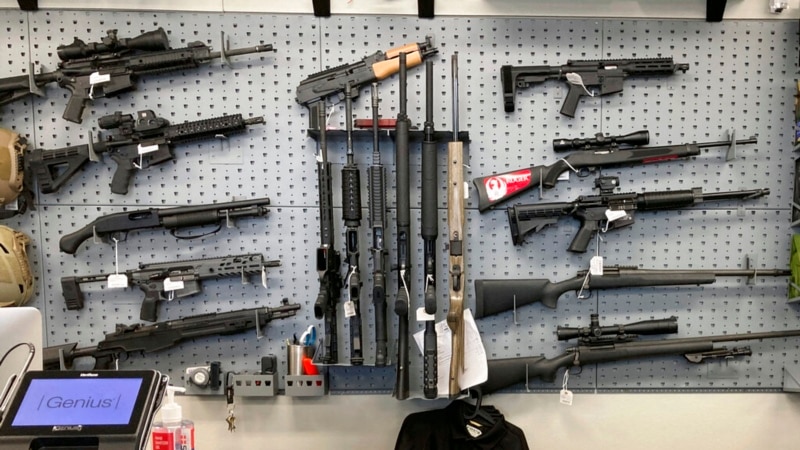What is the Second Amendment?
The Second Amendment to the U.S. Constitution gives Americans the right to bear arms. It states:
“A well regulated Militia, being necessary to the security of a free State, the right of the people to keep and bear Arms, shall not be infringed.”
Bill of Rights
The Second Amendment is one of 10 amendments to the U.S. Constitution, collectively called the Bill of Rights. These amendments were written to protect individual Americans from tyrannical rule and include the First Amendment, which guarantees freedom of speech, religion and press, and the Seventh Amendment, which proclaims the right of a trial by jury in civil cases. Other rights include the right to due process and freedom from cruel and unusual punishment.
Historical perspective
When the Founding Fathers added the Bill of Rights to the Constitution in 1791, they wanted to protect individuals from potentially dangerous central and state governments. Most scholars say the Constitution might not have been ratified without the 10 amendments, as many Americans feared the power of a centralized government and military. Much of that fear stemmed from laws the British imposed in the lead-up to the American Revolution, including levying taxes that were deemed too high and depriving some colonists of the right to bear arms.
A ‘well regulated Militia’
Legal scholars have debated the Founding Fathers’ intentions with respect to the Second Amendment. Those who support gun control measures often argue that the Founders’ intentions was only for “well-regulated” forces authorized by state governments to have access to weapons, and not for all individuals to be able to bear arms. Those who oppose restrictions on gun rights say the Second Amendment protects the right of ordinary citizens to own weapons and argue that the Founders included the words “a well-regulated militia” as just one example of why citizens could be in need of arms.
What have courts said?
In 2008, the U.S. Supreme Court ruled that the Second Amendment protects a person’s right to own firearms unconnected to military service and allows them to use those weapons for lawful purposes, including self-defense. Courts have also upheld a range of laws that put some restrictions on gun ownership, including for reasons of age, prior criminal convictions and issues of mental health.
Gun culture
Thirty percent of all Americans own a gun, while 42% live in a household with a gun, according to a 2017 Pew Research Center survey. Guns have long been a part of the country’s history and culture from its days fighting the American Revolution and exploring the Wild West and continue to be an enduring part of life for many people. However, the right to self-defense, while long held in the country, has in recent decades started to come under question in the wake of numerous high-profile mass shootings and a rise of gun violence that has led to guns becoming the leading cause of death among children and teens.
Gun control
Because of the Second Amendment and America’s long history with gun ownership, the gun control debate in the country generally focuses not on questions of whether or not citizens have the right to bear arms, but over matters of who should have access to guns and which weapons should be legal. Even those questions have been difficult for politicians to come to agreement over, with Congress unable to act on the issue for more than a decade.
World comparisons
America has more guns per person than anywhere else in the world, according to a 2018 report by the Small Arms Survey, a Geneva-based organization. U.S. gun owners possess 393.3 million weapons, higher than the country’s population of 330 million, according to the report. The Small Arms Survey says India has the second-highest number of civilian-owned firearms, with 71.1 million for its population of 1.4 billion.

